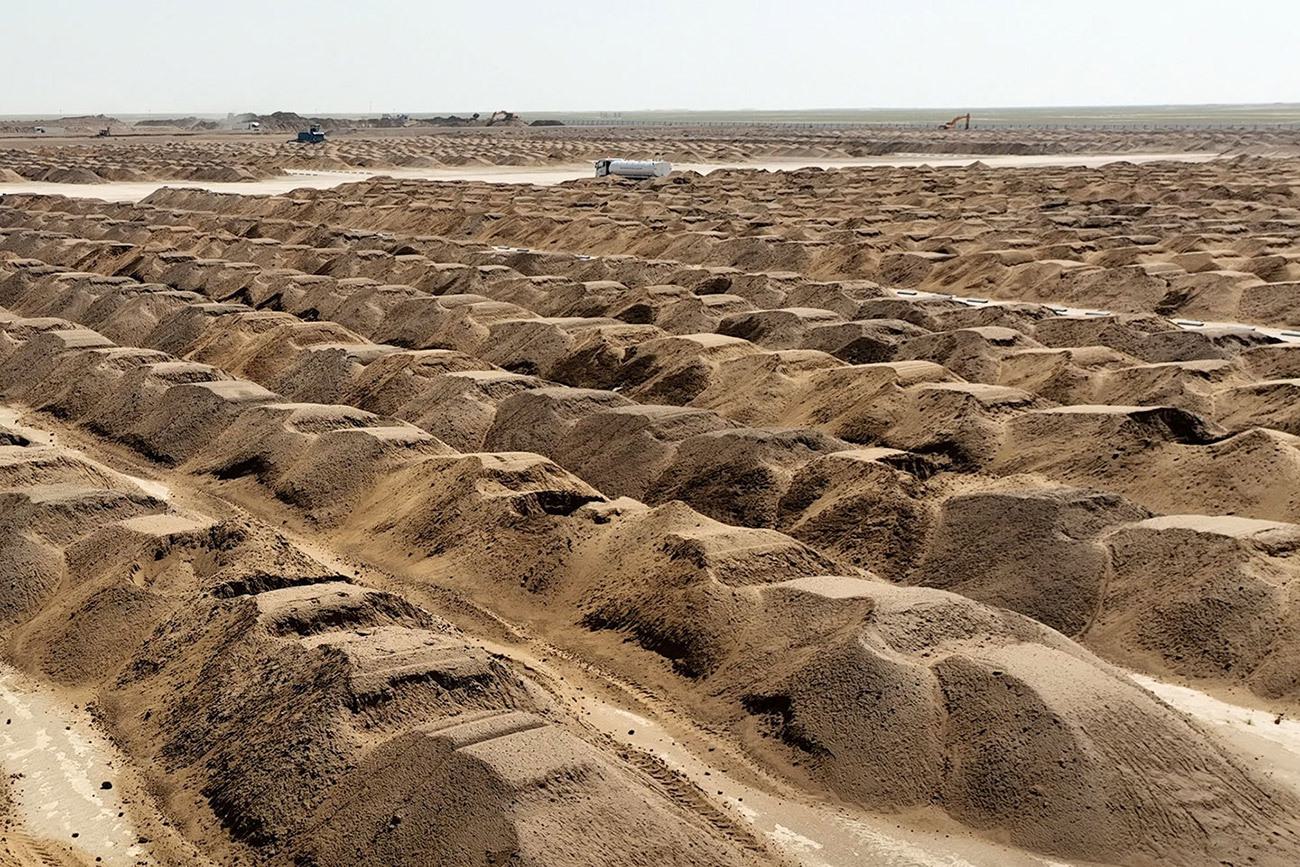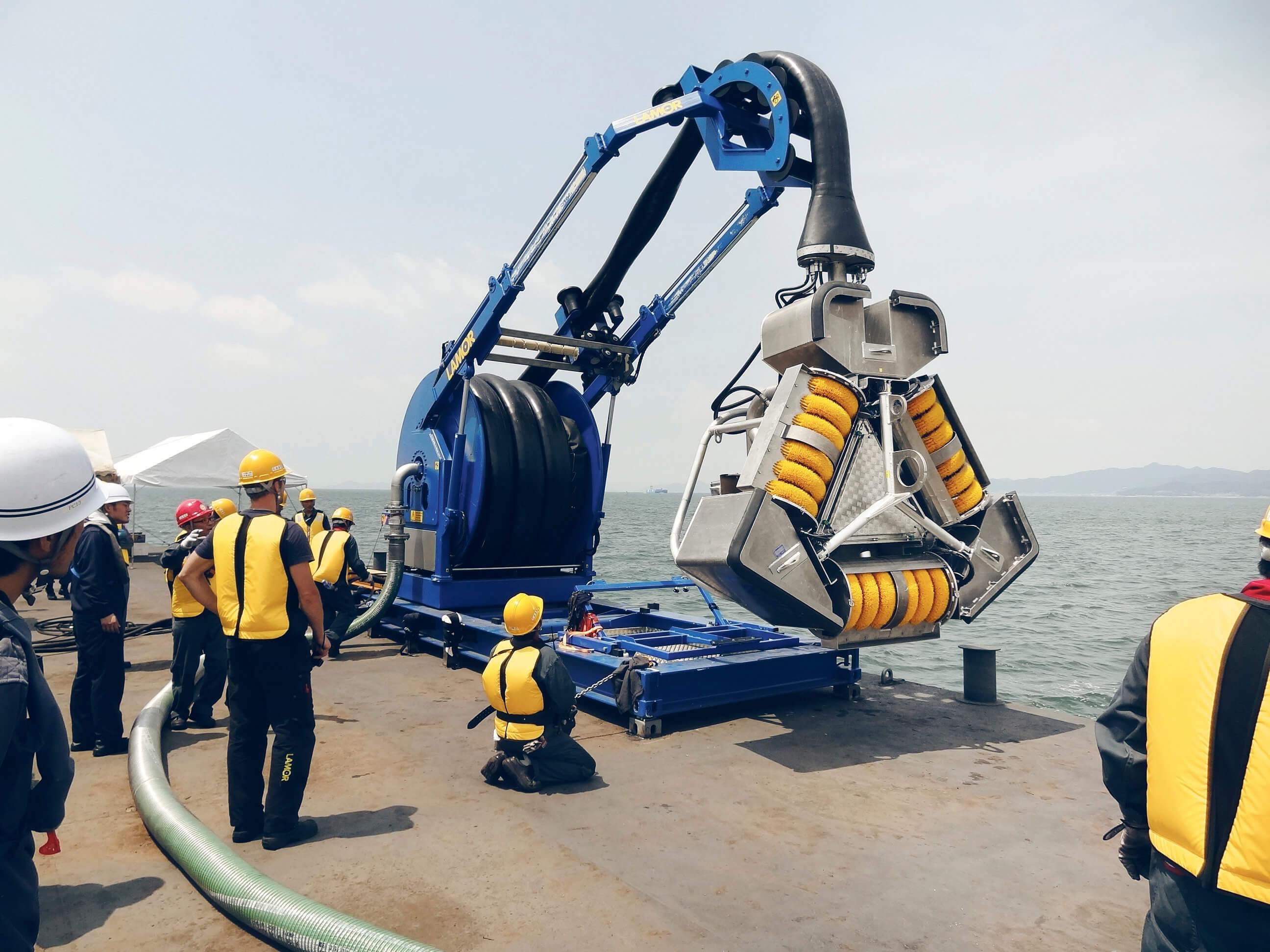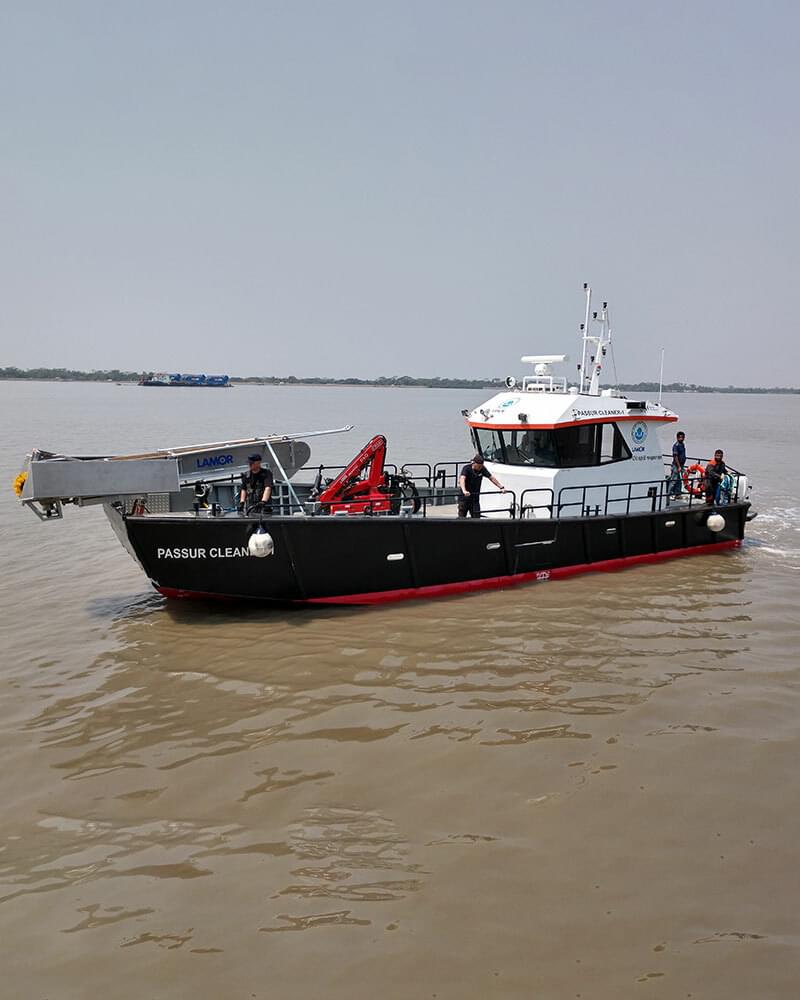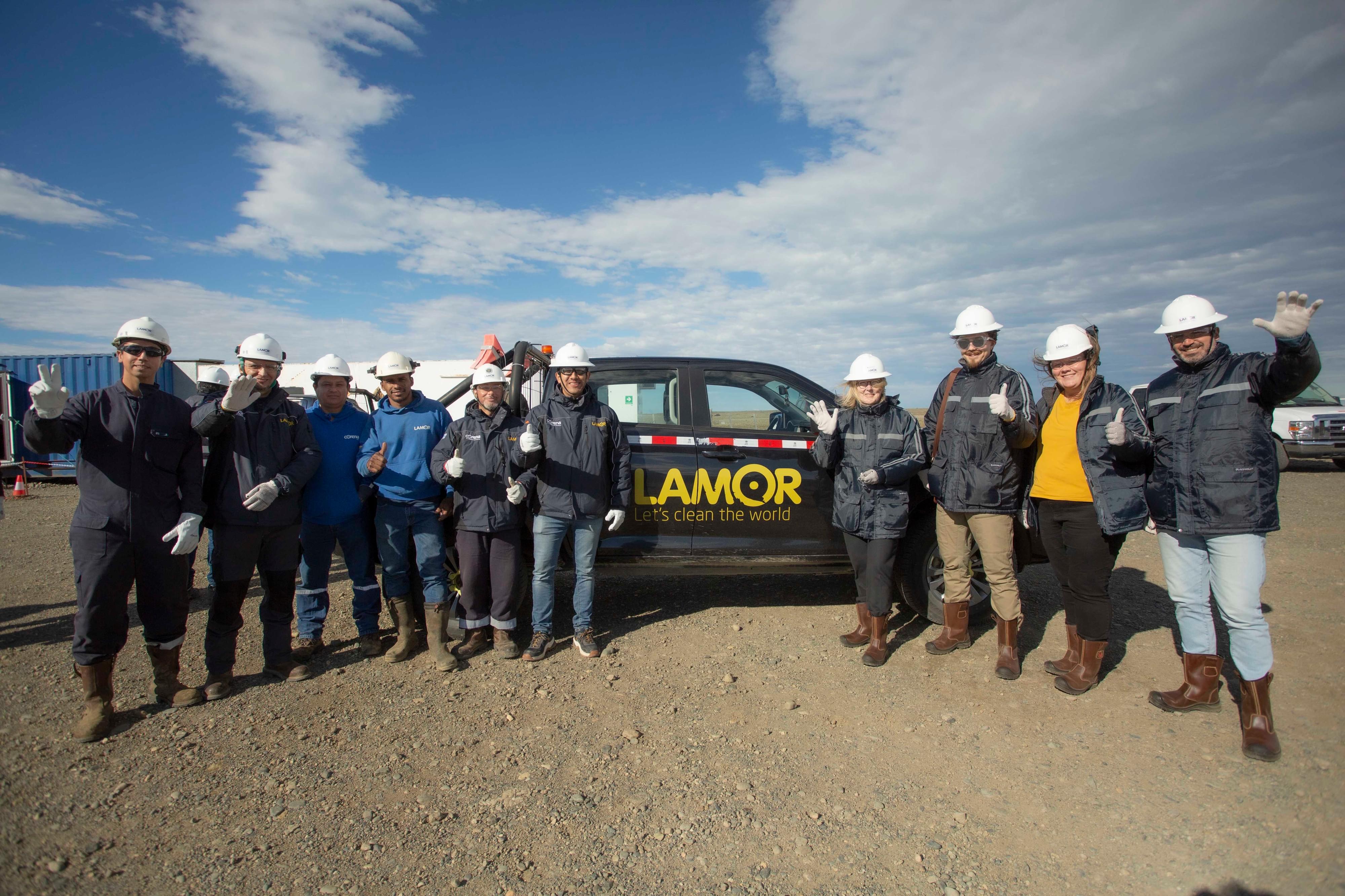
From Site Assessment to Remediation project
Site assessment in a remediation project is a systematic evaluation of a location to identify and characterize potential environmental contamination. A site assessment is a crucial initial step to understand the extent and nature of contamination, providing essential information for designing and implementing effective remediation strategies. We at Lamor are experts in finding the best remediation and restoration solution for your needs.
The site assessment is typically conducted in phases and throughout these phases, collaboration with environmental professionals, geologists, hydrogeologists, and engineers is essential to ensure a comprehensive understanding of site conditions and effective remediation planning. The process is often iterative, with ongoing assessment and adjustments made as new information becomes available during the remediation project.
The site assessment is typically conducted in the following phases:
1. Phase I Environmental Site Assessment (ESA):
- Objective: Identify potential environmental concerns and historical uses of the site.
- Process: Involves a thorough review of historical records, site inspections, and interviews to identify potential sources of contamination and recognize any recognized environmental conditions (RECs).
- Output: A Phase I ESA report outlining findings and recommendations for further investigation if necessary.
2. Phase II Environmental Site Assessment:
- Objective: Confirm the presence and extent of contamination identified in Phase I.
- Process: Involves sampling soil, groundwater, and possibly air for analysis. Various investigative techniques such as drilling and geophysical surveys sampling may be employed.
- Output: A Phase II ESA report detailing the confirmed contamination, its extent, and characteristics.
3. Risk Assessment:
- Objective: Evaluate the potential risks to human health and the environment posed by the identified contaminants and determine the Site-specific Target Levels (SSTL).
- Process: Integrates information from the site assessment phases to assess the potential exposure pathways and risks associated with the contaminants present.
- Output: A risk assessment report guiding the development of appropriate remediation goals and strategies.
4. Feasibility Study:
- Objective: Evaluate and select appropriate remediation technologies and methods.
- Process: Considers technical, economic, and regulatory factors to determine the feasibility of different remediation options.
- Output: A feasibility study report presenting the selected remediation approach and its rationale.
5. Remedial Design and Implementation:
- Objective: Develop a detailed plan for remediation and implement the chosen remediation strategy.
- Process: Based on the findings from the site assessment and feasibility study, engineers design a remediation system or method, and construction or implementation takes place.
- Output: Remediated site with documented improvements and compliance with regulatory standards.

Positive impact
The positive impact of a thorough site assessment in a remediation project extends beyond the immediate environmental improvements, including:
Effective risk mitigation: Identifying and understanding contaminants in the early stages allows for the implementation of targeted and effective remediation measures, reducing potential risks to human health and the environment.
Optimized remediation strategies: The data obtained from the assessment phases inform the selection of the most appropriate and efficient remediation technologies, minimizing costs and maximizing the chances of successful environmental restoration.
Regulatory compliance: A comprehensive site assessment ensures that the remediation project aligns with environmental regulations and standards, mitigating legal risks and ensuring compliance with local, state, and federal guidelines.
Long-term environmental health: Successful remediation, guided by a comprehensive site assessment, contributes to the long-term health and sustainability of ecosystems, preserving biodiversity and supporting the overall well-being of the environment.
Community and stakeholder confidence: Transparent and well-documented site assessments foster trust among local communities and stakeholders by demonstrating a commitment to addressing environmental concerns and ensuring the safety of surrounding areas.
Public health protection: Understanding and addressing environmental risks through site assessments protect the health and safety of the local population by preventing exposure to harmful contaminants.
Interested in our solution?
Contact our experts and let's work together for a cleaner, more sustainable future.
Contact usStay in the know
Sign up for our newsletter to learn more about innovations enabling the survival of our dear planet.


















